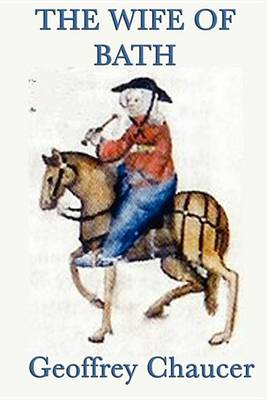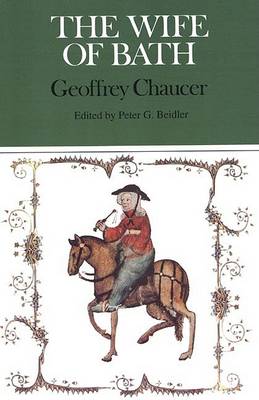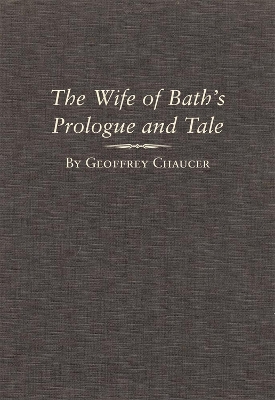Case Studies in Contemporary Criticism
3 total works
The Wyves Tale of Bathe and prologue are among the best-known of Geoffrey Chaucer's Canterbury Tales. They give insight into the role of women in the Late Middle Ages and are probably of interest to Chaucer himself, for the character is one of his most developed ones, with her prologue twice as long as her tale.
The Wife of Bath is the most vibrant character in The Canterbury Tales - and arguably the most famous. In creating his brilliant portrayal of the talkative wife, Chaucer weaves a dazzling array of allusions to biblical, classical, patristic, and vernacular sources. These two volumes - the most recent contribution to the Variorum Chaucer series - integrate six hundred years of scholarship on The Wife of Bath's Prologue and Tale.
Editors Mark Allen and John H. Fisher present a comprehensive record of the textual traditions of the tale and of the critical commentary from the earliest manuscripts to the mid-1990s. Part A (the first volume) includes the text of Chaucer's poem, accompanied by exhaustive collation of the ten most valuable manuscript witnesses to the text and all twenty-two of the major editions. Also included in Part A are an introduction to the text, and extensive discussions of sources and analogues, genres, theoretical approaches, and major themes. A bibliographical index concludes the scholarly apparatus in Part A. In Part B (the second volume), the editors present a line-by-line, often word-by-word, record of the legacy of Chaucer's text, including variants, glosses, editors' notes, and observations by scholars through the ages.
Editors Mark Allen and John H. Fisher present a comprehensive record of the textual traditions of the tale and of the critical commentary from the earliest manuscripts to the mid-1990s. Part A (the first volume) includes the text of Chaucer's poem, accompanied by exhaustive collation of the ten most valuable manuscript witnesses to the text and all twenty-two of the major editions. Also included in Part A are an introduction to the text, and extensive discussions of sources and analogues, genres, theoretical approaches, and major themes. A bibliographical index concludes the scholarly apparatus in Part A. In Part B (the second volume), the editors present a line-by-line, often word-by-word, record of the legacy of Chaucer's text, including variants, glosses, editors' notes, and observations by scholars through the ages.


